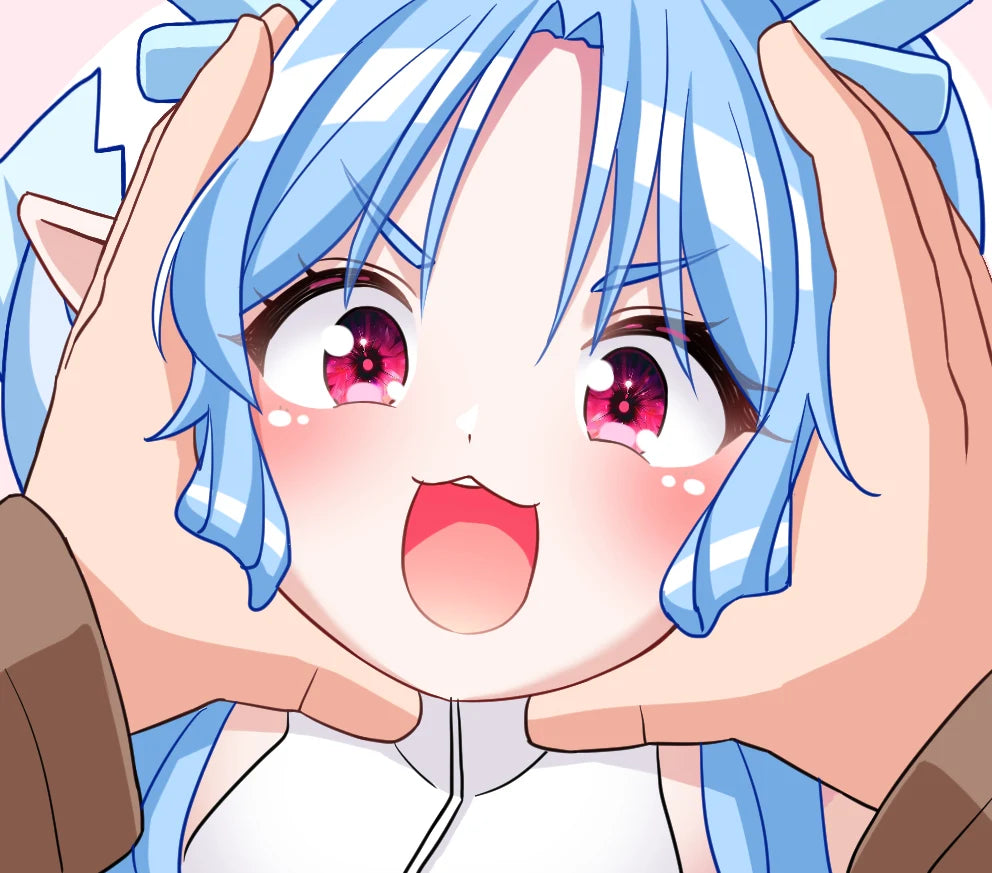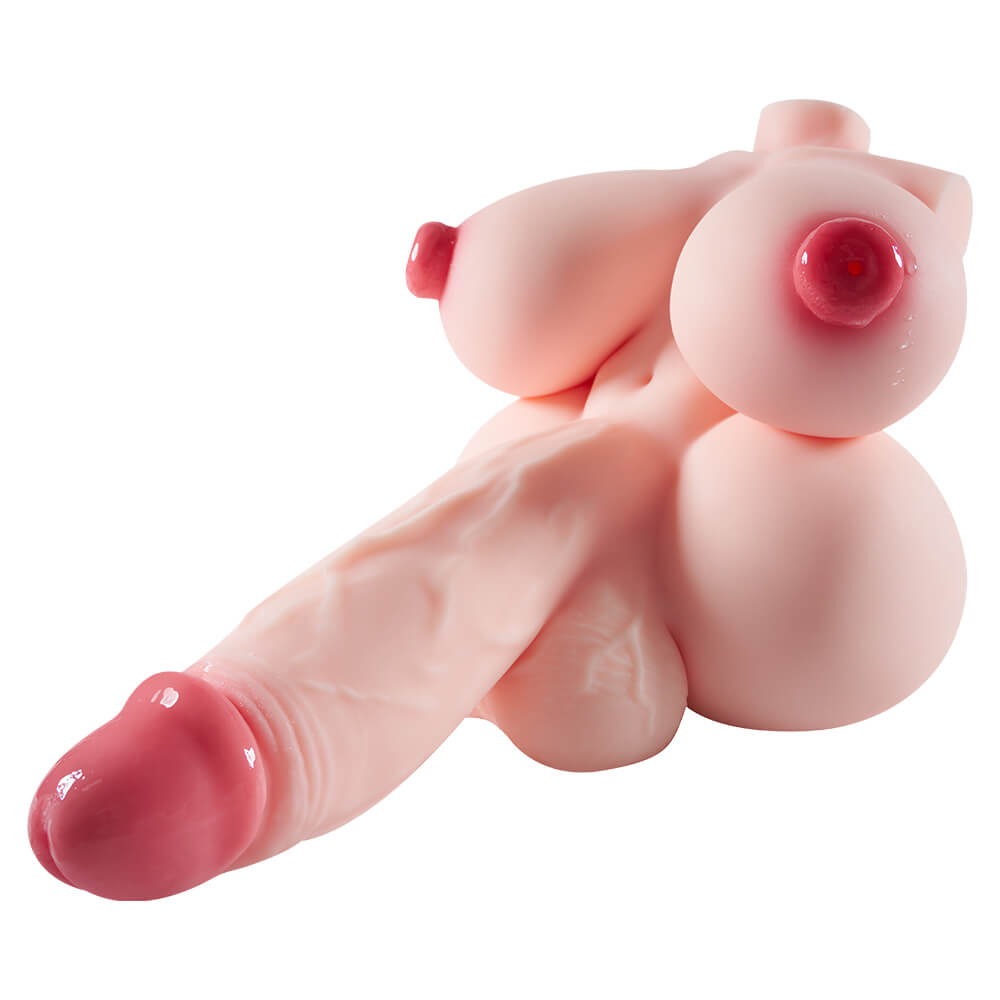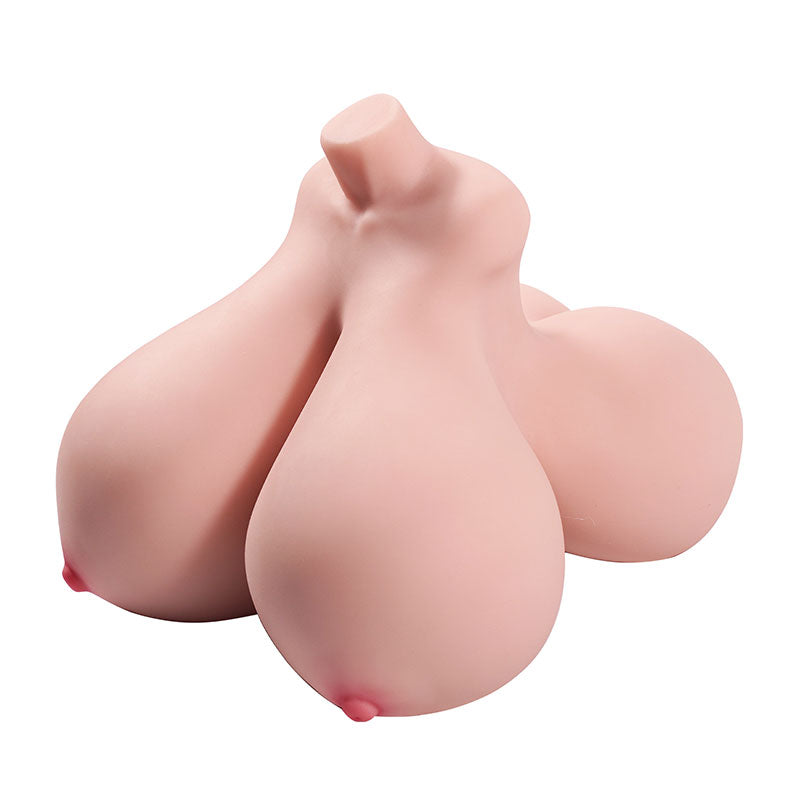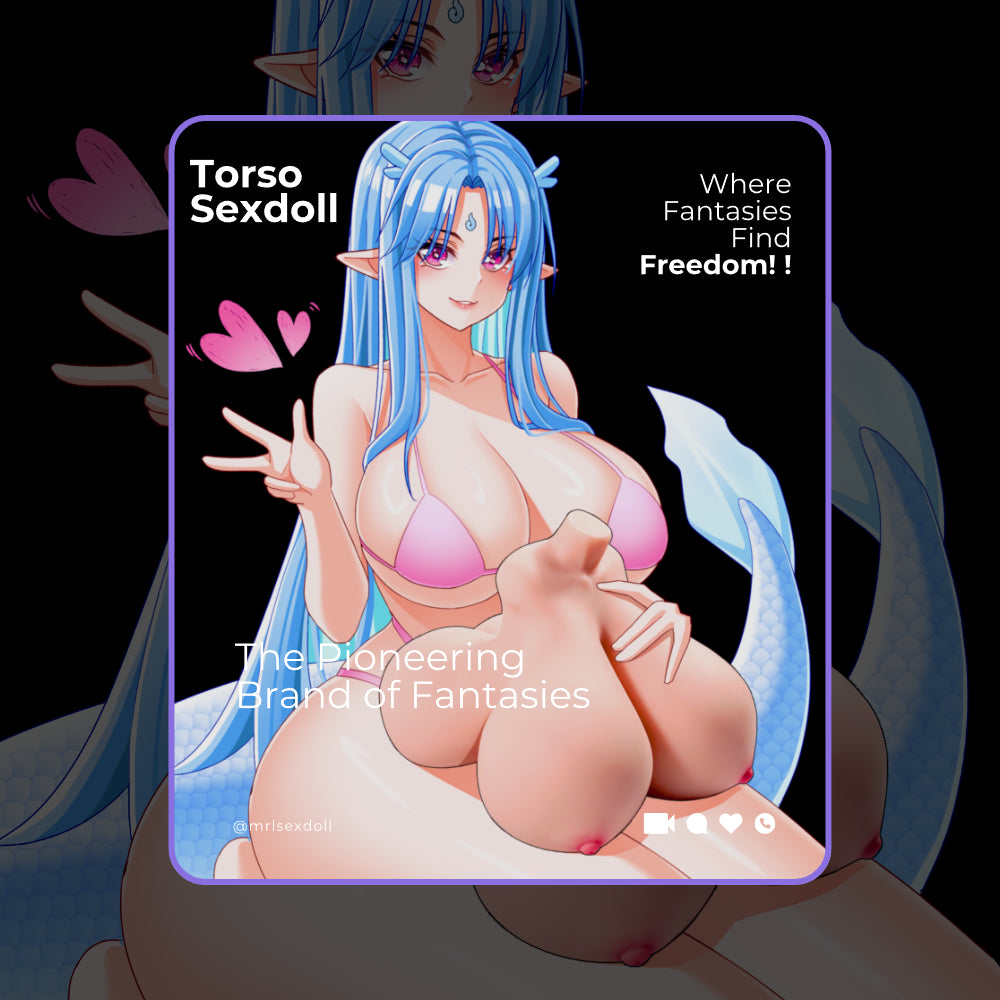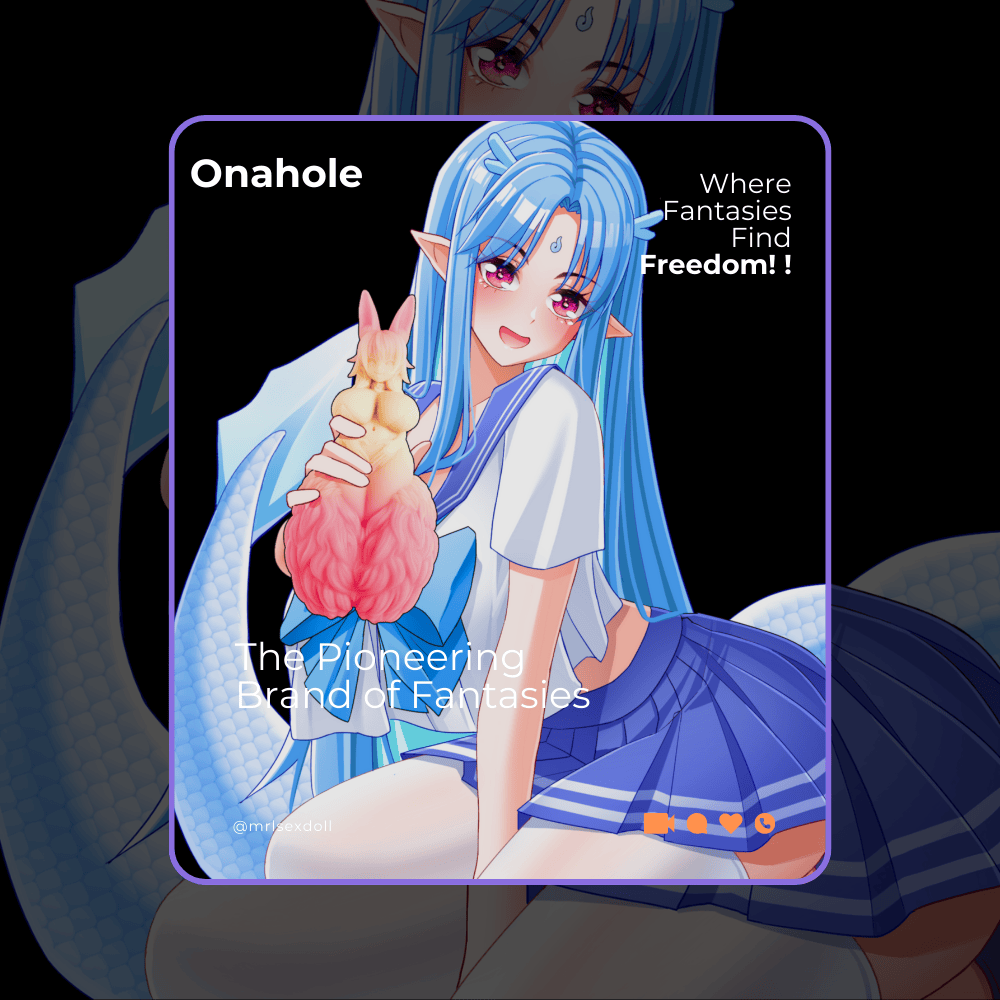What is a Fujoshi? Unpacking the Meaning of "Rotten Girl" in Anime Fandom

In the huge world of anime and manga fans, you sometimes hear special terms that are very specific to the culture. One of these terms is fujoshi. You might have seen it on internet forums, in anime reviews, or heard it mentioned at fan conventions. But what does it really mean? The direct translation, "rotten girl," sounds negative, but it's a name that a massive worldwide community wears with a complicated sense of pride. Understanding this term means understanding a subculture that is all about taking back an insult, creatively reinterpreting stories, and wanting the freedom to explore new kinds of narratives.
This article will define fujoshi by looking at where the term came from, exploring the community's creative habits, examining the reasons why fans are drawn to this culture, and clearing up some common misunderstandings.
Inside this Article:
- An Origin Story: From Online Insult to Reclaimed Identity
- The World of a Fujoshi: A Culture of Creation and Reinterpretation
- The Fujoshi Psyche: A Search for Narrative Freedom
- Debunking the Myths: Separating Fujoshi Fact from Fiction
- Are All Fujoshi Straight Women Who Fetishize Gay Men?
- Fujoshi for Yuri? Clarifying Fandom Categories
- Your Gateway to the Fandom: Essential Fujoshi Anime
- Frequently Asked Questions (FAQ)
An Origin Story: From Online Insult to Reclaimed Identity

The term fujoshi (腐女子 ) is a smart and rebellious play on words. It comes from a Japanese word that sounds the same, fujoshi , which is a formal term for women or ladies. In the early 2000s, on the anonymous Japanese website 2channel, some users swapped the kanji character 婦 (fu), which means "lady," with the character 腐 (fu), which means "rotten". This small change turned the word into an insult. It was a misogynistic attack on female fans who enjoyed stories about romantic relationships between men, suggesting they were "spoiled" and not good candidates for marriage.

However, what was meant to be a source of shame became a symbol of identity. The community didn't reject the name. Instead, they turned the insult on its head, taking the term and making it their own. This act shows a strong cultural spirit. The community cleverly changed the meaning of "rotten." It was no longer about being spoiled in a bad way, but about "fermentation"—a process that turns something simple into something rich and complex, like fine wine or aged cheese. This new meaning suggests that their taste in media isn't a flaw, but a sign of a more developed and unique perspective.
This was not a one-time event. It was part of a pattern of using self-mocking but empowering labels that already existed in the fandom. Before fujoshi became well-known, fans used other terms like kifujin , which means "noble spoiled woman" but sounds like a word for "fine lady". This history shows that the community was already skilled at defining itself with humor and irony. When the harsher insult "fujoshi" appeared, the culture was ready to absorb it, neutralize its power, and embrace it as a proud badge of a shared identity.
The World of a Fujoshi: A Culture of Creation and Reinterpretation
It would be too simple to define fujoshi just by the media they watch or read. This is a culture of active creation, not just quiet consumption. The main interest is in Boys' Love (BL), a general term for stories about male-male romance. These stories can range from sweet and emotional ( shonen-ai ) to sexually explicit ( yaoi ).
More Than Consumers: The Art of Transformative Fandom

A fujoshi's involvement goes far beyond officially published BL stories. A key practice is "shipping," which is when fans pair two characters from any story—whether it's an action anime, a sports manga, or a historical drama—and imagine a romantic relationship between them. This act of imagination is the starting point for a huge amount of creative work. Fans bring these imagined relationships to life by creating their own works, especially doujinshi (self-published fan comics) and fanfiction. In these creations, they explore the hidden chemistry and emotional connections they see between characters, essentially becoming co-authors of the story.

This creative drive has had a real and significant effect on the media industry. The fujoshi community has proven to be a powerful force in the market, able to keep franchises popular and even change how companies plan their content. For example, the creator of the original 1979 Mobile Suit Gundam series said that fujoshi kept the show alive by buying merchandise and creating fan works long before it became a hit with its intended male audience. More recently, the huge success of series like The Prince of Tennis showed the buying power of fujoshi, which led the major manga publisher Shonen Jump to change its strategy and create content that would appeal to this audience. This history shows that fujoshi are not just a small group of fans, but a major market force that can influence the direction of big media franchises.
The Fujoshi Psyche: A Search for Narrative Freedom
What is behind this intense creative drive? For many, being a fujoshi is about finding narrative freedom and escaping the limits of typical storytelling.
Escaping the Patriarchal Gaze

A major reason many fujoshi are drawn to BL is their frustration with how women and romance are portrayed in mainstream, heterosexual stories. Many traditional romance stories, especially in shojo manga, often feature female characters who are passive and one-dimensional, or they romanticize unhealthy relationships. For readers who don't connect with these portrayals, such stories can feel limiting and unrelatable.
BL anime offers a compelling alternative. By focusing on two male main characters, these narratives create a space to explore love, desire, and power without the baggage of traditional gender roles. The appeal isn't just about male-male relationships, but about the fresh perspective this structure offers. Without a female character to identify with, the reader is free from the pressure of relating to a poorly written or powerless heroine. This creates a "safe distance," which allows for a more liberated and objective look at complex emotional and sexual themes. The reader becomes an all-knowing observer, free to analyze the relationship without the weight of real-world gender expectations.
The Creative Power of the "Fujoshi Filter"
This desire for better stories isn't just limited to BL media. It's applied to all kinds of content through what is often called the "fujoshi filter". A fujoshi can watch a standard action show, a sports anime, or a historical drama and see the potential for a deep romance between male characters who are officially just friends or rivals. This isn't a misreading of the story, but an active, creative process of seeing the "virtual potential" of characters and building a new layer of narrative on top of the original.
This "filter" is a form of creative world-building, driven by a desire for more interesting emotional stories. The fujoshi sees a reality they prefer—one with more emotional depth—and brings it to life through their imagination and fan works. This creative impulse has an interesting connection to certain character types who are also masters of desire and transformation. Take a character like Meru the Succubus , a demon whose nature is to understand, manipulate, and embody desire. Her powers, like shapeshifting and persuasion, are a literal version of the fujoshi's imaginative process. Just as a fujoshi can look at two soldiers and rewrite their bond into a love story, a character like Meru can change forms and perceptions to create a reality that fits her will. This character type connects with the core creative drive of a fujoshi: the power to see beyond what is shown and build a more compelling world based on relationships.
Debunking the Myths: Separating Fujoshi Fact from Fiction
Like any subculture, the fujoshi fandom is surrounded by stereotypes and myths. It's important to address these to have a full picture.
Are All Fujoshi Straight Women Who Fetishize Gay Men?

This is the most common and simplistic stereotype. The fujoshi community is not all the same. While it is mostly female, its members come from all backgrounds and identities, including straight, bisexual, and lesbian women, as well as transgender and non-binary individuals, who might use the gender-neutral term fujin . The idea of "fetishization" is a complicated topic that is debated both inside and outside the fandom. While some older BL stories did rely on harmful stereotypes, many fans say their interest is not in a fetishized version of gay men but in the romantic stories themselves, which they find more emotionally satisfying and less restrictive than typical heterosexual stories.
The criticism aimed at fujoshi often says more about the critics' own cultural anxieties than about the fandom. The original criticism in Japan came from misogyny and a fear of women rejecting traditional roles. In the West, much of the criticism comes from concerns about authentic representation and the politics of queer identity. This puts the fujoshi in a difficult position, criticized in one culture for not being feminine enough and in another for not being politically correct enough.
Fujoshi for Yuri? Clarifying Fandom Categories

The term fujoshi is sometimes wrongly used to describe any female fan of queer media. This is not correct. The term specifically refers to fans of male-male (M/M) relationships. The fandom for female-female (F/F) relationships is known as yuri . Fans of yuri are often called himejoshi (姫女子 ), or "princess girls". While a person can certainly enjoy both genres, the terms fujoshi and himejoshi refer to different subcultures with their own unique histories and fan activities.
Your Gateway to the Fandom: Essential Fujoshi Anime

For anyone who wants to explore the media that inspires this active fandom, here is a list of essential titles. The list includes both clear BL series and mainstream anime that have become very popular in the fujoshi shipping community.
|
Anime Title |
Genre |
Why It's a Fujoshi Favorite |
|---|---|---|
|
Yuri!!! on Ice |
Sports (Figure Skating), Romance |
A famous series known for its beautiful animation and the gentle, developing relationship between its two male main characters, which is a key part of the story. |
|
Given |
Music, Slice of Life, Romance |
An explicit BL anime that is praised for its emotional storytelling, character growth, and realistic look at grief and first love in a band. |
|
Sasaki and Miyano |
School, Slice of Life, Romance |
A sweet and gentle BL series about a senior who introduces his junior to the world of BL manga, which leads to a slow-building romance. |
|
Jujutsu Kaisen |
Action, Supernatural Shonen |
A mainstream hit loved for its exciting male characters and the intense, complex relationships between them (like Gojo/Geto), which provides great material for shipping. |
|
Haikyuu!! |
Sports (Volleyball), Shonen |
While not a romance, its huge, mostly male cast and focus on teamwork, rivalry, and deep emotional bonds make it one of the most popular series for fanworks in the fujoshi community. |
Frequently Asked Questions (FAQ)
What is the male equivalent of a fujoshi?
The direct male counterpart is a fudanshi (腐男子 ), which literally means "rotten boy." This term is for male fans who enjoy Boys' Love media. Other, less common terms include fukei (腐兄 ), or "rotten older brother".
What is the difference between yaoi and BL?
In the past, yaoi was a term used by fans for doujinshi that were often sexually explicit and didn't have much plot. Boys' Love (BL) became a wider, commercial term in the 1990s for all professionally published stories about male-male romance, from sweet stories to explicit ones. Today, BL is the standard industry term, while yaoi is often used in Western fandom to refer specifically to explicit content.
Are fujoshi part of the LGBTQ+ community?
The fujoshi fandom is not an LGBTQ+ identity itself, but its members are diverse and include many queer women, trans, and non-binary fans, as well as straight allies. The relationship between the fandom and the larger LGBTQ+ community is complex and is a topic of ongoing discussion in both groups.
Is being a fujoshi the same as being an otaku?
A fujoshi can be seen as a specific type of female otaku . "Otaku" is a general Japanese term for a dedicated fan of any hobby, like anime, trains, or computers. "Fujoshi" specifically refers to a female otaku whose main interest is Boys' Love media. So, while most fujoshi are otaku, not all female otaku are fujoshi.

